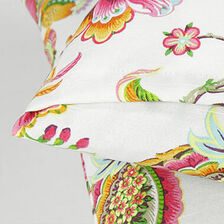Natural Fabrics
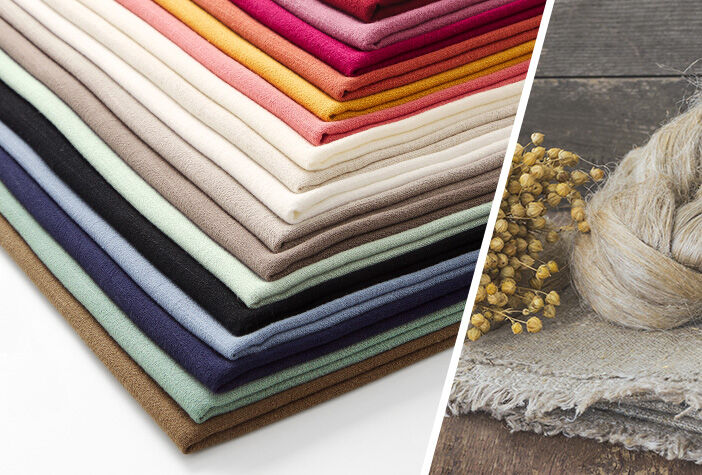
Linen
Linen is a natural fibre made from the stalks of the flax plant. Flax bears light blue flowers with five petals and grows to 60-100cm in height. When harvested, the flax plant (including the roots) is extracted from the ground and the plants are then dried in bundles. The stalks are broken to remove the fibres. These are spun into yarn and woven into linen during the weaving process. Linen keeps you comfortably cool and is also long-lasting.
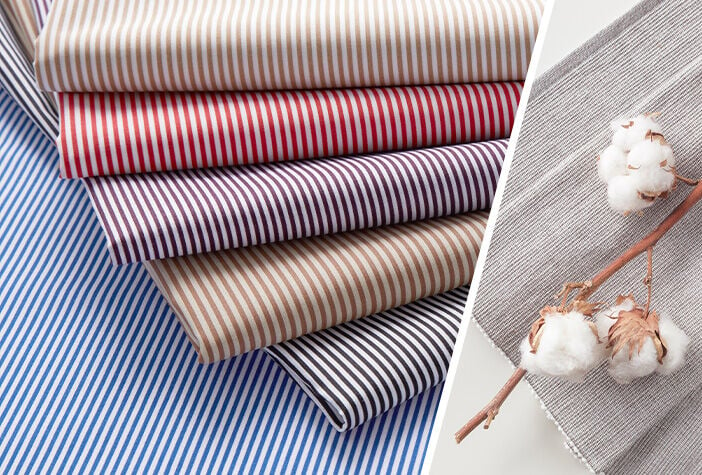
Pure cotton
Cotton is a plant fibre from the cotton plant. The ripe yellow flowers form capsule-like fruits after about 50 days. The capsules burst open and form white seed hairs, which hang on the plant like fluffy bundles of cotton wool. After harvesting, these are pressed into balls. The balls are then cleaned multiple times, to remove any plant residue and any fibres that are too short. The long fibres are spun into yarn and processed into cotton fabrics. Cotton is breathable and durable.
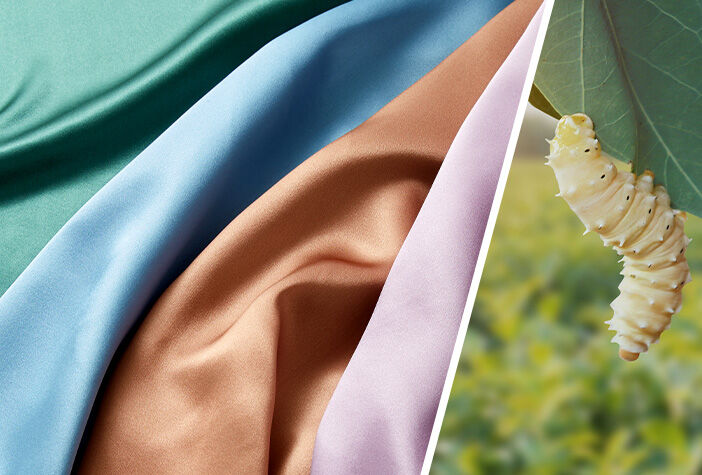
Silk
Silk is a natural animal fibre that is obtained from the cocoon of the silk spider. The caterpillars of this genus feed primarily on mulberry leaves and start to spin when they reach a size of 10cm. From a single, self-produced thread, the caterpillar creates the firmly adhered cocoon with silk glue (bast). The thread of an unbroken cocoon can be up to 3km in length. To obtain the silk fibres, the outer layer of the cocoon is combed away. The raw silk is then unwound and boiled in soapy water to free the threads from the bast and obtain the classic silky shine. Silk is temperature-balancing and crease-resistant.
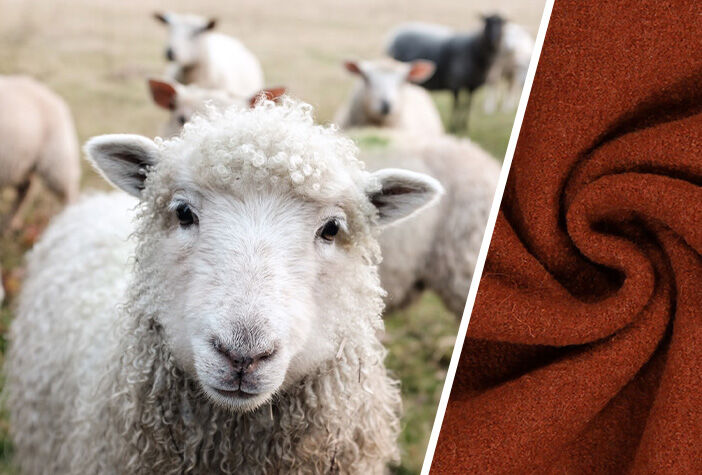
Virgin wool
Virgin wool is the name given to fibres that come from the coat of live sheep only. A sheep must be shorn in such a way that the fleece is obtained in a single and coherent piece. After cleaning, the wool is combed and relaxed. The resulting carding slivers are then spun and can also be dyed. The final virgin wool fabric is then produced through the process of weaving. The material is self-cleaning, insulating, and breathable.

